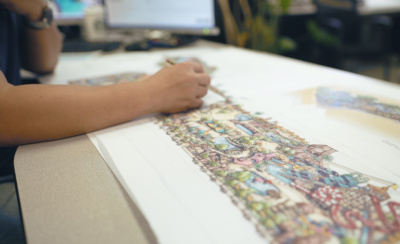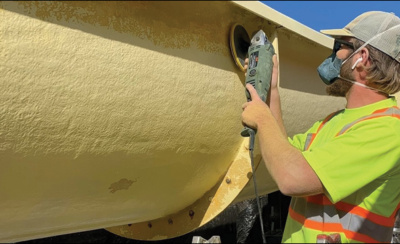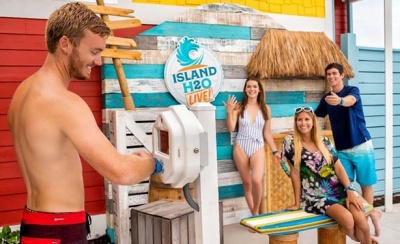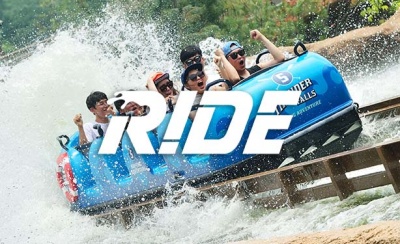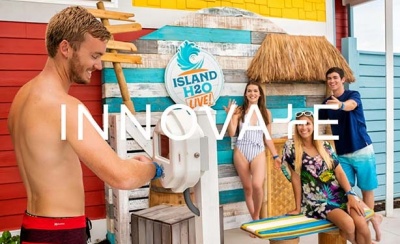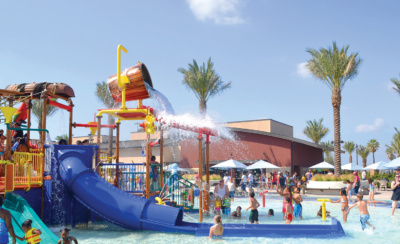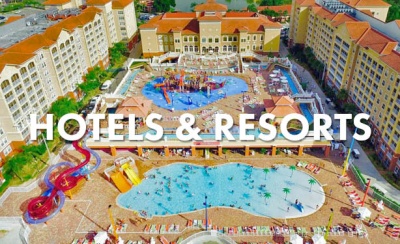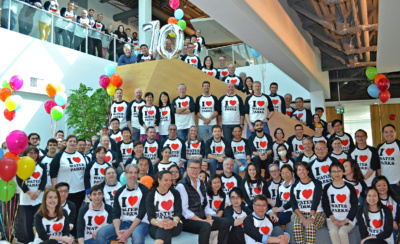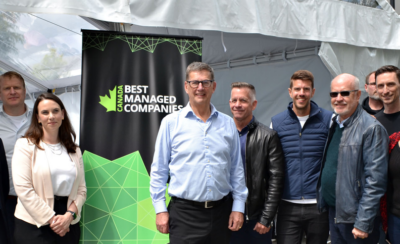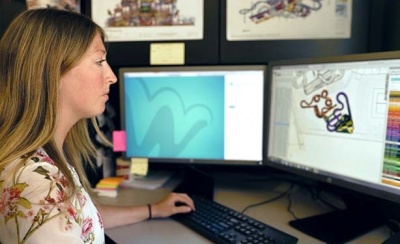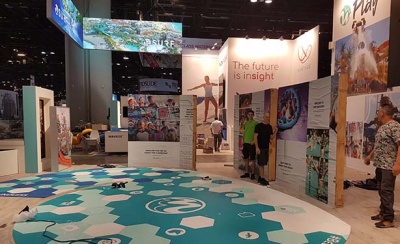Beyond the Blueprint: The Calculated Artistry of Slide Path in Water Park Design
Serving as the bridge between imagination and reality, Slide Path plays a vital role in determining the feasibility of an architect’s envisioned aquatic wonders, skillfully transforming drawings into engineered layouts ready for water slide construction. Even more important in the realm of indoor water parks where space is at a premium, Slide Path is an invaluable tool for developers to overcome tricky layouts and ensure every square meter of land is maximized.
Looking at safety, curb appeal, and ride mix, this article delves into the captivating world of Slide Path exploring the top considerations these engineers take during the design process to unlock the full potential of complex sites.
Merging Art & Engineering to Create Safe Water Parks
Often referred to as architecture’s nerdier cousin, Slide Path moves one step beyond the pretty 2D layout of a water park’s design and looks at the gravity, friction, hydrodynamics, rider weight, heat, climate, and a thousand other factors behind the attractions to determine if the proposed layout is feasible.
According to Pete Cooper, Director of Slide Path, the team calculates these variables in a few different ways, but most notably, through in-house software. Pete said, “unlike hard rides where you have a seatbelt and are contained to a track, water slides have six more degrees of mechanical freedom where people can move across all sorts of directions. When water is introduced, there is a larger number of considerations that need to be made. Slide Path uses simulations and data as a guidepost to be able to calculate how the ride will move within a space. A constantly improving system, the simulations take data from real-world installations in the field including accelerometers and drone footage to improve the software as well as our designs over time, so the result is a ride that has been thoroughly vetted to be as safe as possible.”

Calculating Every Detail to Code
Looking beyond the ride specifications, Slide Path also takes into consideration various building codes, permits, and local legislation. Because adding water slides, pools, and other water features places additional stress on the building’s structure, the engineers must ensure that the existing building can support the weight of the water and equipment without compromising its integrity. Hamza Saber, Senior Engineer, Business Development utilized his skillset to support LD-Architecten on Sportoase in Sint-Niklaas, Belgium to meet the strict council requirements. In this circumstance, before the water park could even apply for a building permit, they needed to present a completed design for submission. With the support of Hamza, the team was able to produce a design so detailed it included how wide the stairs on the slide tower would be as well as the capacity around how many people could be on the tower at one time.

Using Data to Determine Ride Mix
Utilizing information gathered during the park’s feasibility study, Slide Path can recommend a solid ride package backed by data. Part of the analysis performed by developers during the decision-making process of building a water park is identifying a target demographic and overall capacity of the facility. Based on these parameters, Slide Path can look at the throughput of each attraction and suggest a mix of rides that reflects the number of people the park is hoping to entertain at one time. For example, at Center Parcs Domaine Les Landes de Gascogne, France, the team knew the water park was targeting young families and created a ride mix that reflected that. Not only does the resulting water park have an AquaPlay 750 with a total capacity of 221 to accommodate a large volume of guests instantaneously, but it also features two water slides with varying experiences such as a Constrictor + Rattler Fusion for guests to experience the sensations of high banking turns and multi-oscillations and the Parallel Pursuit to drive competition through head-to-head racing while offering two lanes to increase throughput.

Maximizing Curb Appeal
Going hand in hand with ride mix is curb appeal and the logistics of how the water park will operate. It is part of Slide Path’s role to consider guest circulation looking at how visitors will move about the park and where the lifeguards will stand to make sure they have clear sightlines to keep the park safe. Recently in indoor water parks, there has been a large shift in how guarding is done implementing technology to aid lifeguards. Many parks are adopting CCTV control panels and cameras to help detect issues in the pools and reduce the number of guards needed to run a facility. This ties into the layout of the park as it requires Slide Path to consider not only where that technology could safely go, but how it ties into where the ride vehicles will be positioned if they need to be picked up before the guests start to climb the tower.
In addition to the logistics around operations, Slide Path also looks at how to maintain a comfortable environment by providing ample space for lounging, queuing, and resting. Balancing all three of these items is especially important in preventing indoor water parks from feeling overcrowded. Well-designed lounge areas for guests to socialize contribute to guests staying in the park longer as they have somewhere to relax without being overstimulated by the surrounding attractions or from having too many people around them. It is Slide Path’s goal that at the end of the design, there is a complete picture that is organic, complex, and holistic, making efficient use of the space’s precious footprint yet at the same time, giving the water park a spacious feeling.
Maximize the Excitement Per Square Meter
No matter the venue type, the indoor water park business model can be complicated due to the high costs associated, putting more pressure on the venue to get the design right to maximize profitability. With Slide Path’s engineered layouts in hand, indoor water park developers can overcome the challenges of tight space constraints and work to maximize the attractions and revenue per square meter. If you’re ready to start dreaming up big ideas for small spaces, contact whitewater@whitewaterwest.com to start creating a ride mix that maximizes your footprint and demographic appeal.




